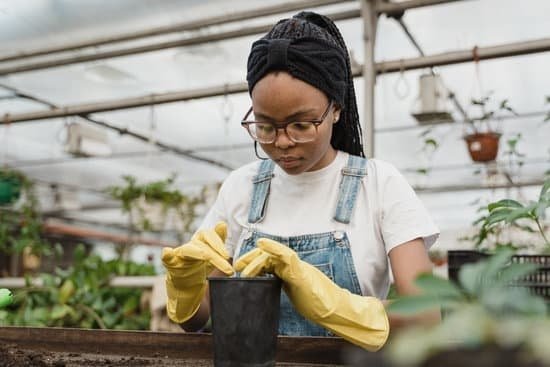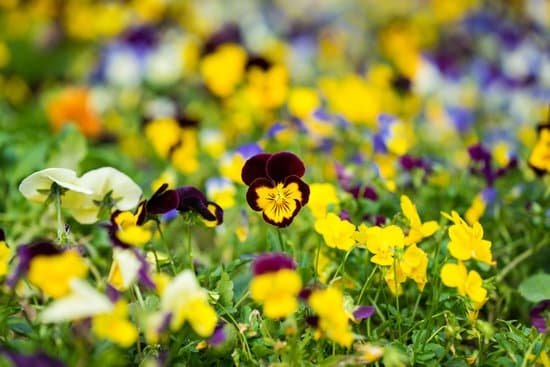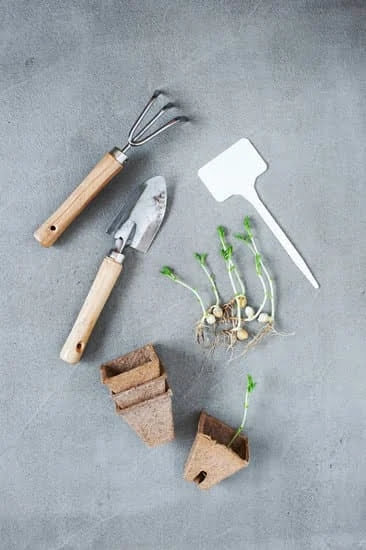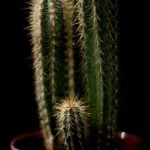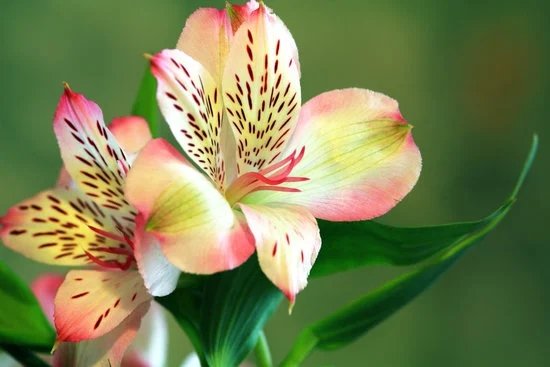Indoor Container Gardening Tips
When most people think about gardening, they think about planting things in the ground and watching them grow. But what if you don’t have the space or the time to garden the traditional way? Container gardening is a great alternative! You can grow plants in containers indoors or outdoors, and you can choose from a variety of plants, depending on your climate and the amount of sunlight you have.
The great thing about container gardening is that you can tailor it to fit your own lifestyle. If you’re busy and don’t have a lot of time to spend on gardening, you can choose plants that don’t require a lot of care. If you’re a more experienced gardener, you can choose plants that are a little more challenging to grow.
No matter what you choose, here are some tips for successful container gardening:
1. Choose the right plants. Not all plants are suitable for container gardening. Some plants, like tomatoes and peppers, need a lot of sunlight and space, and aren’t suitable for growing in containers. Choose plants that are suited for your climate and the amount of sunlight you have.
2. Size matters. When choosing plants for your container garden, be sure to choose plants that are the right size for your container. A plant that is too large will not fit in the container and will become root-bound. A plant that is too small will not produce enough fruit or vegetables to be worth growing.
3. Use the right soil. Not all soil is the same, and not all soil is suitable for growing plants in containers. Be sure to use a soil that is specifically designed for container gardening.
4. Water regularly. Container gardening requires regular watering, especially during the summer months. Be sure to water your plants regularly, and check the soil to see if it needs more water.
5. fertilize regularly. Container plants need to be fertilized regularly to ensure healthy growth. Choose a fertilizer that is specifically designed for container plants and follow the instructions carefully.
6. Prune regularly. Pruning is important for container plants, as it helps them to grow healthy and strong. Prune regularly to remove dead or damaged branches, and to shape the plant.
7. Protect your plants from the elements. Container plants can be affected by wind, rain, and sun. Be sure to protect your plants from the elements by placing them in a location that is sheltered from the wind, and by using a rain cover or sun shade.
8. Move your plants indoors during the winter. Many container plants can be moved indoors during the winter months to protect them from the cold weather. Be sure to move them back outdoors when the weather warms up.
With these tips in mind, you’re ready to start your own container garden!
Container Vegetable Gardening Tips For Beginners
Container gardening is a great way to get into gardening if you don’t have a lot of space, or if you’re new to gardening and want to start small. You can grow a variety of vegetables in containers, and you don’t need a lot of space or special equipment.
The first step in container gardening is to choose the right container. You’ll need a container that is at least 12 inches deep and has drainage holes in the bottom. You can use a variety of containers, including pots, buckets, or even old tires.
The next step is to choose the right vegetables to grow in containers. Some vegetables that grow well in containers include tomatoes, peppers, cucumbers, lettuce, and herbs. Be sure to choose vegetables that are compatible with the size of your container.
Once you’ve chosen your vegetables, the next step is to choose the right soil. You’ll need a soil that is light and well-draining, and you can buy soil specifically for container gardening or make your own.
Once you’ve chosen your soil, the next step is to plant your vegetables. Be sure to follow the instructions on the seed packet, and don’t overcrowd your container. You’ll also need to water your vegetables regularly, especially during hot weather.
Container gardening is a great way to get into gardening, and it’s a great way to grow a variety of vegetables in a small space. Be sure to choose the right vegetables to grow in your container, and be sure to water them regularly.
Container Gardening Tips Ideas
Container gardening is a great way to garden if you don’t have a lot of space. You can grow vegetables, fruits, flowers, and herbs in containers.
Choose the Right Container
The first step in container gardening is to choose the right container. You’ll want to choose a container that is large enough to hold the plants you want to grow, and that has drainage holes so the plants won’t sit in water. You can use any type of container for container gardening, including pots, buckets, barrels, and even old tires.
Choose the Right Soil
The next step is to choose the right soil. You’ll want to use a soil that is light and airy so the plants will be able to grow well. You can buy potting soil specifically for container gardening, or you can use regular garden soil.
Choose the Right Plants
The next step is to choose the right plants. You’ll want to choose plants that are suited for container gardening. Some plants that do well in containers include vegetables such as tomatoes, peppers, and cucumbers; fruits such as strawberries and blueberries; flowers such as petunias and impatiens; and herbs such as basil and parsley.
Water the Plants
The final step is to water the plants. You’ll want to water the plants regularly, especially when the weather is hot. You can water the plants by hand or you can use a garden hose with a spray nozzle.
Container gardening is a great way to garden if you don’t have a lot of space. You can grow vegetables, fruits, flowers, and herbs in containers.
The first step in container gardening is to choose the right container. You’ll want to choose a container that is large enough to hold the plants you want to grow, and that has drainage holes so the plants won’t sit in water. You can use any type of container for container gardening, including pots, buckets, barrels, and even old tires.
The next step is to choose the right soil. You’ll want to use a soil that is light and airy so the plants will be able to grow well. You can buy potting soil specifically for container gardening, or you can use regular garden soil.
The next step is to choose the right plants. You’ll want to choose plants that are suited for container gardening. Some plants that do well in containers include vegetables such as tomatoes, peppers, and cucumbers; fruits such as strawberries and blueberries; flowers such as petunias and impatiens; and herbs such as basil and parsley.
The final step is to water the plants. You’ll want to water the plants regularly, especially when the weather is hot. You can water the plants by hand or you can use a garden hose with a spray nozzle.
Container Gardening Tomatoes Tips
Container gardening with tomatoes can be a fun and rewarding experience, but it’s important to keep a few things in mind to make sure your plants thrive. Here are a few tips to get you started:
1. Choose the right container. Tomatoes need plenty of room to grow, so choose a container that is at least 12 inches wide and 12 inches deep.
2. Use a potting mix designed for tomatoes. This will help ensure that your plants get the nutrients they need.
3. Place your container in a sunny spot. Tomatoes need at least six hours of sunlight each day to produce fruit.
4. Water regularly. Tomatoes need plenty of water to thrive, so make sure to water them regularly.
5. Feed your plants regularly. Tomatoes need plenty of nutrients to grow, so feed them a balanced fertilizer once a week.
6. Harvest regularly. Tomatoes should be harvested regularly to ensure that they are sweet and delicious.
With these tips in mind, you’re ready to start growing tomatoes in a container garden!
Winter Container Gardening Tips
When the cold weather sets in, it can be hard to keep your garden looking its best. But with a few winter container gardening tips, you can keep your plants healthy and happy all season long.
One of the most important things to remember is to keep your plants well-hydrated. In the winter, the air is often much drier, so you’ll need to water your plants more often than you would during the summer.
Another thing to keep in mind is the type of plants you’re using. Some plants, like succulents, are better suited for winter gardening than others. Be sure to choose plants that will thrive in the colder weather.
Finally, make sure to protect your plants from the cold. You can do this by using a frost blanket or by moving your containers to a sheltered spot.
With these winter container gardening tips, you can keep your garden looking beautiful all season long.

Welcome to my gardening blog! I am passionate about plants and enjoy sharing my knowledge and experiences with others. In this blog, I will write about everything related to gardening, from tips on how to get started to updates on my own garden projects.

